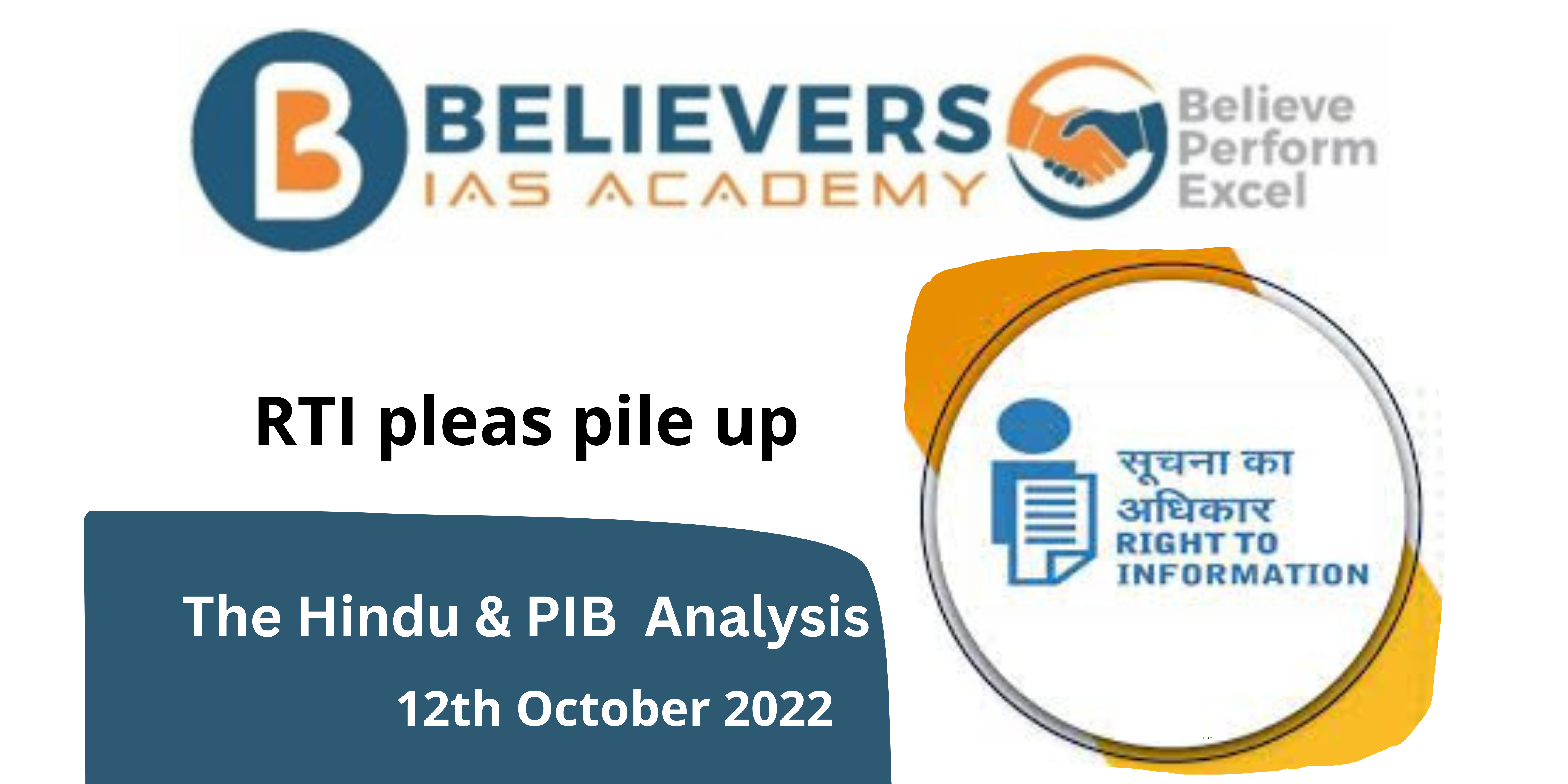Coming soon: relief from spam calls and fraudulent messages
#GS -02 Governance
For Prelims
About Indian Telegraph Act 1885:
- It governs the use of wired and wireless telegraphy, telephones, teletype, radio communications and digital data communications.
- It gives the Government of India exclusive jurisdiction and privileges for establishing, maintaining, operating, licensing and oversight of all forms of wired and wireless communications within Indian territory.
- It also authorizes government law enforcement agencies to monitor/intercept communications and tap phone lines under conditions defined within the Indian Constitution.
- Section 5(2) of the act allows central and state governments to prevent the transmission of messaging during a “public emergency or in the interest of public safety”, or “in the interests of the sovereignty and integrity of India, the security of the state”.
About The Indian Wireless Telegraphy Act, 1933:
- Indian Wireless Telegraphy Act, 1933 aims ‘to regulate the possession of wireless telegraphy apparatus’.
- It defines wireless communication as any transmission, omission or reception of signs, signals, writing, images and sounds, or intelligence of any nature by means of electricity, magnetism, or Radio waves or Hertzian waves, without the use of wires or other continuous electrical conductors between the transmitting and the receiving apparatus.
The Provisions of the proposed bill:
- waiving dues for financially stressed operators,
- bringing over-the-top platforms (such as WhatsApp, Zoom, Netflix) within the ambit of telecom services that require a licence to operate and
- provisions for message interception in case of public emergency.




